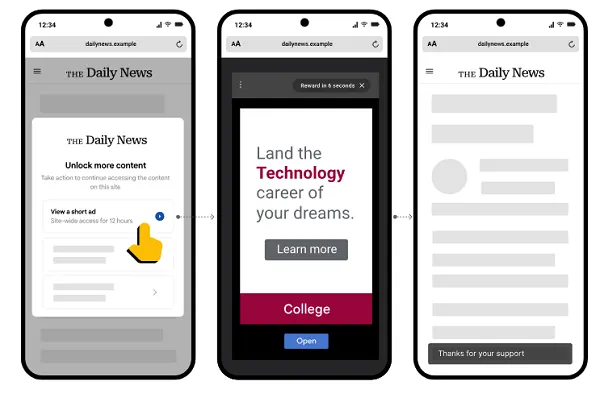S&T Live Recap: The Role of the Communicator in an Era of Autonomous Influence
“Influence is no longer just human-led,” Michael Cherenson, APR, Fellow PRSA, said. As he and Mark J. McGrath wrote for PRsay this month, the era of “autonomous influence” has arrived. So-called “malicious AI swarms” — coordinated, self-learning systems of generative agents — can now spread believable lies, impersonate trusted voices and manipulate public sentiment, they […] The post S&T Live Recap: The Role of the Communicator in an Era of Autonomous Influence first appeared on PRsay.

“Influence is no longer just human-led,” Michael Cherenson, APR, Fellow PRSA, said. As he and Mark J. McGrath wrote for PRsay this month, the era of “autonomous influence” has arrived.
So-called “malicious AI swarms” — coordinated, self-learning systems of generative agents — can now spread believable lies, impersonate trusted voices and manipulate public sentiment, they wrote.
In their piece, Cherenson and McGrath cite a study by researchers at the University of London, Yale University, New York University and other leading institutions, which says that advances in AI portend a new era of sophisticated disinformation operations that pose significant risks for society.
Malicious AI swarms have the potential to fabricate grassroots consensus, foment mass harassment and erode institutional trust. Urgent action is needed before such systems become entrenched in our information ecosystem, the study says.
Although based primarily on hypothetical scenarios, the study cites as examples Taiwan’s and India’s 2024 elections, during which “AI-generated deepfakes” misled voters, the researchers found. In the era of artificial intelligence, “entire fabricated news outlets now steer debates on topics from climate policy to foreign aid,” the study claims.
Without safeguards, AI swarms could transform sporadic mis- and disinformation into persistent manipulation of democratic discourse.
“Bad decisions come from bad information,” said Cherenson, executive vice president of SCG Advertising and Public Relations and the 2009 chair and CEO of PRSA. “There are people who are purposely trying to undermine informed decision-making. When our information environment is poisoned, it’s not just we as PR professionals who lose — it’s citizens, consumers and institutions.”
Cherenson and McGrath were the guests on June 26 for Strategies & Tactics Live, PRSA’s monthly livestream series on LinkedIn.
Real people, fake situations
For leaders and operators in PR, what’s alarming about the threat of AI being used to deceive the public “is that it’s becoming more and more pervasive,” said McGrath, chief learning officer of AGLX North America. With counterfeit imagery and even counterfeit voices, “The people can be real, but the situation is totally fake. This can happen to the biggest, most reputable brands. The PR world needs to recognize that [problem] and change its approach.”
The threat of AI-driven misinformation “is here already, and we all have to be aware of it,” said Cherenson, who served as PRSA’s Chair and CEO in 2009. Disinformation campaigns that use AI are “about manipulating people into seeing the world differently,” he said. “This stuff creeps up on you, without you even knowing it.”
But for communicators, the threat of AI disinformation “is also an opportunity to assert our leadership role,” Cherenson said. “You want to be the last person in the room, whether you’re the agency PR person or the in-house PR person. And understanding [the threat of artificial influence] will help you be that last person in the room.”
John Elsasser, editor-in-chief of PRSA’s Strategies & Tactics and host of S&T Live, asked about the new skills that PR professionals will need to stop falsehoods spread by artificial intelligence.
“We’ve got to have better sense-making tools, and to be able to put the world in greater context” for clients, Cherenson said. To counter AI-driven falsehoods, “We need our institutions and laws, regulations, ethics and fact-checking. We all need to build our media literacy, and to scroll down and read before we share.”
Watch the insightful episode here.
The post S&T Live Recap: The Role of the Communicator in an Era of Autonomous Influence first appeared on PRsay.





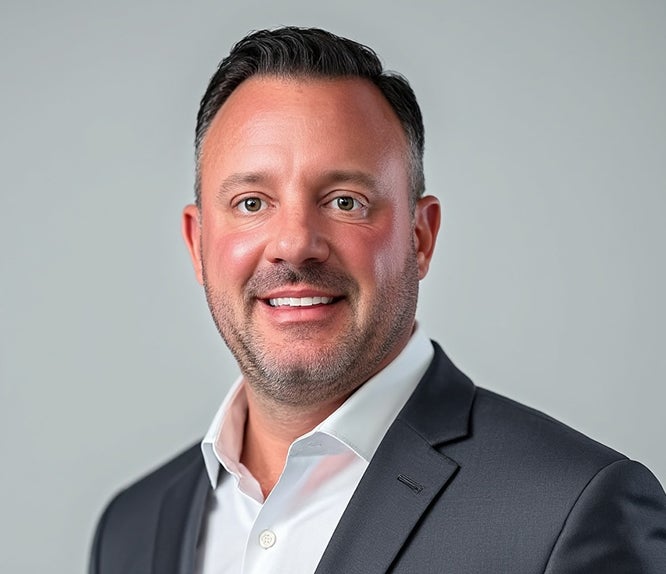












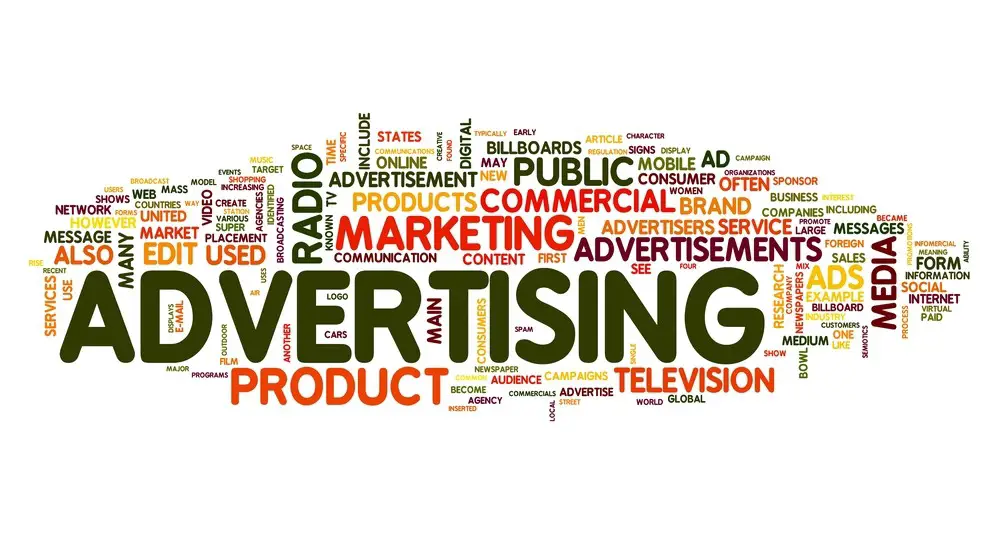










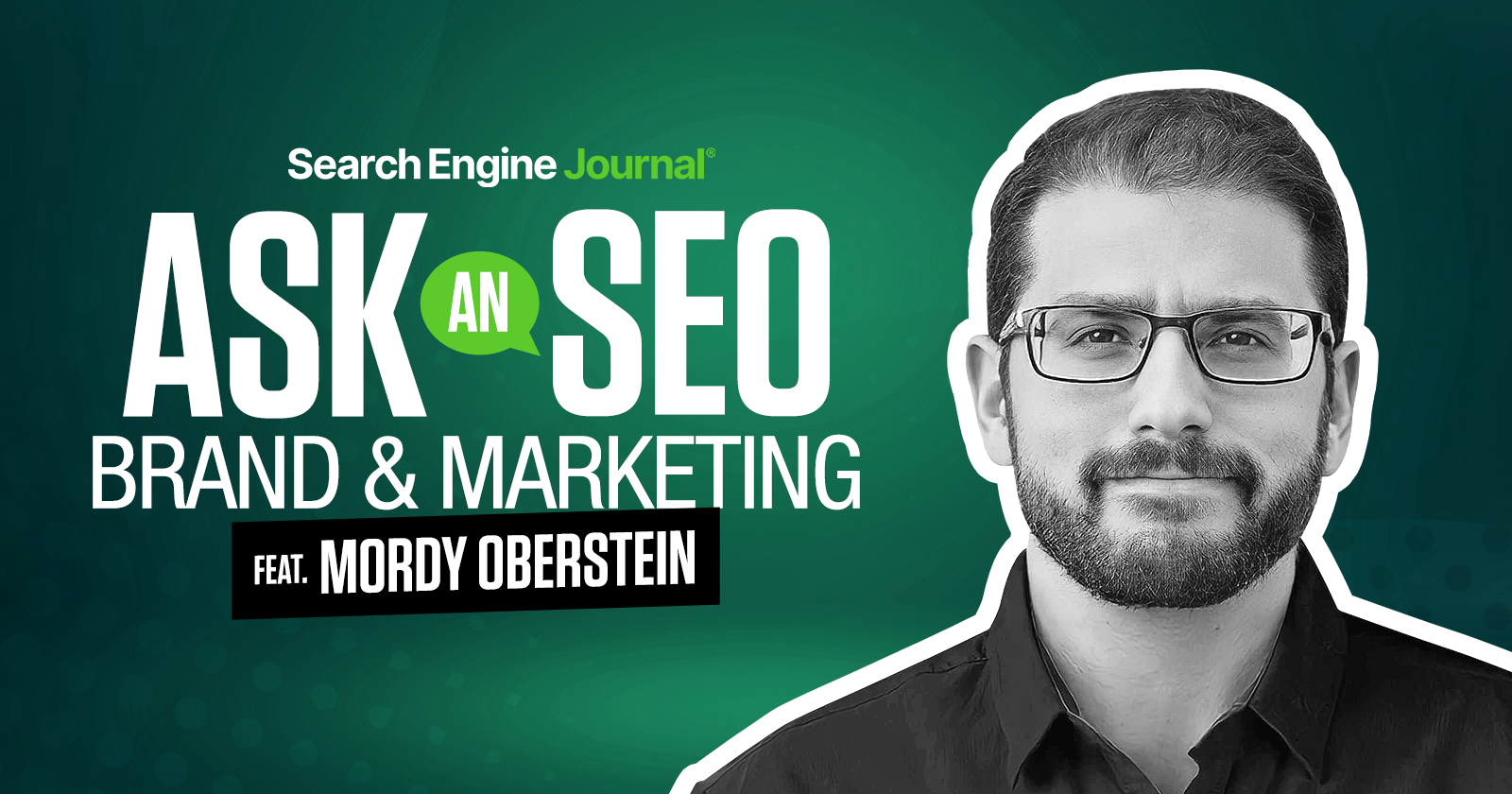
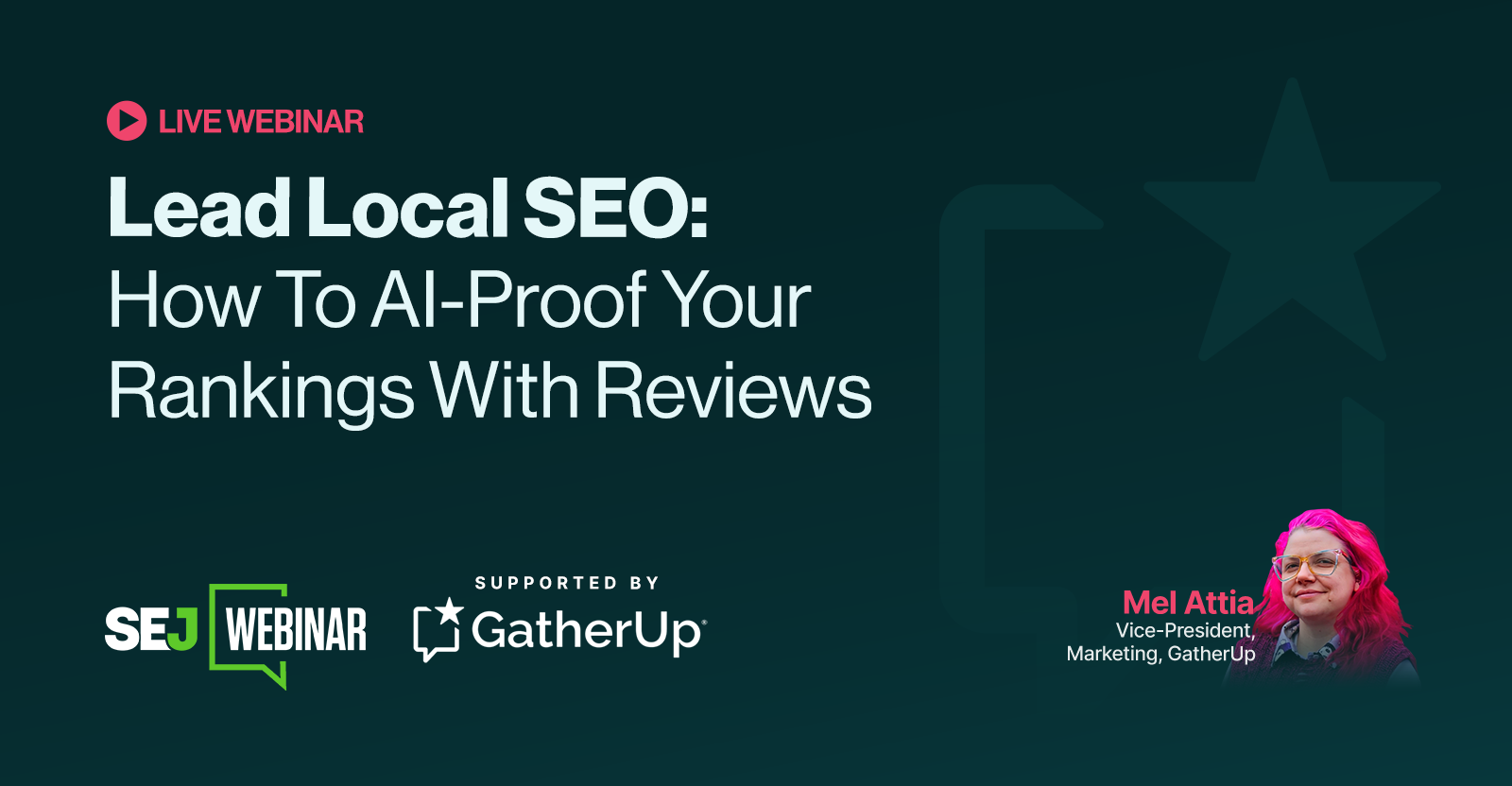





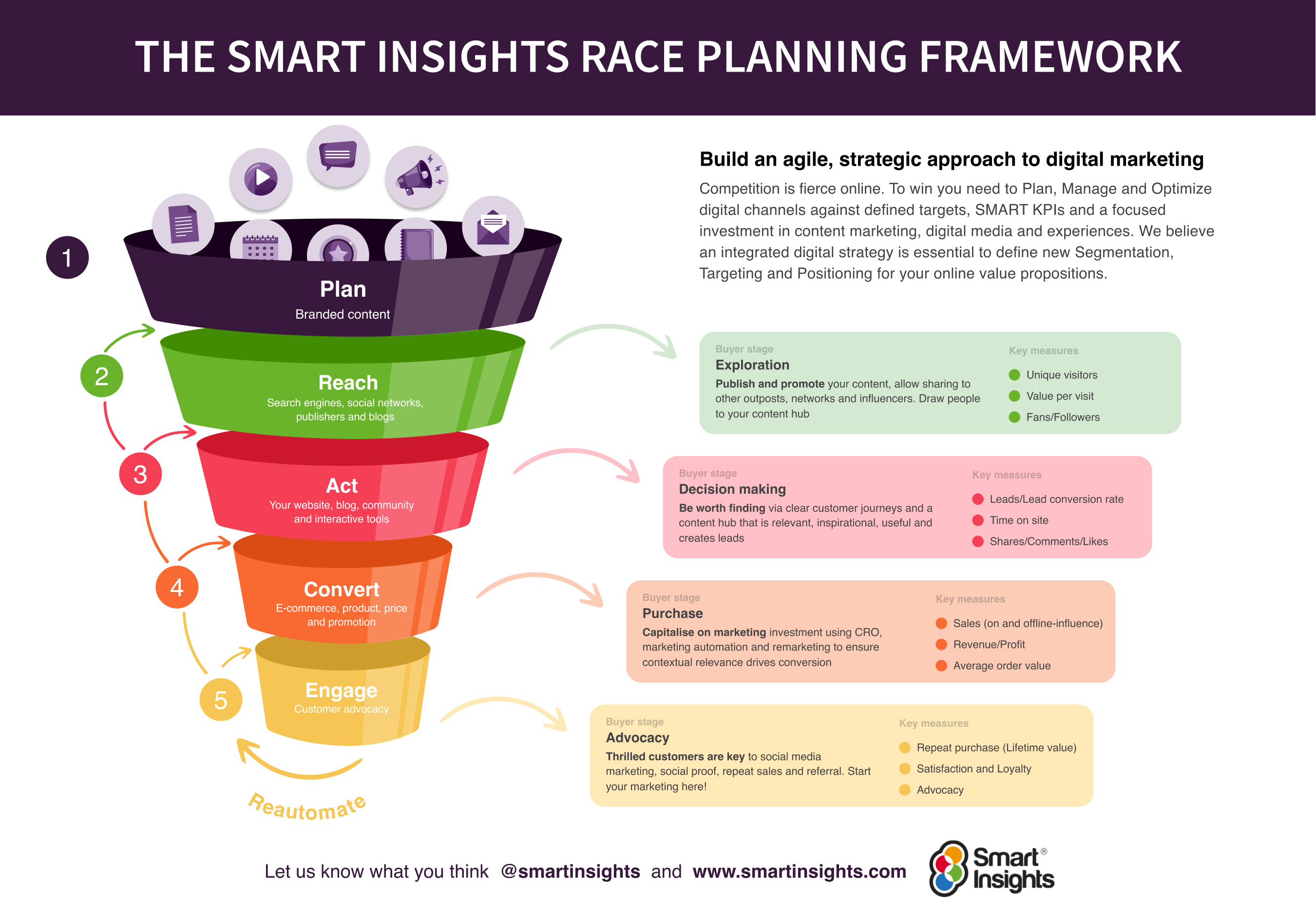













































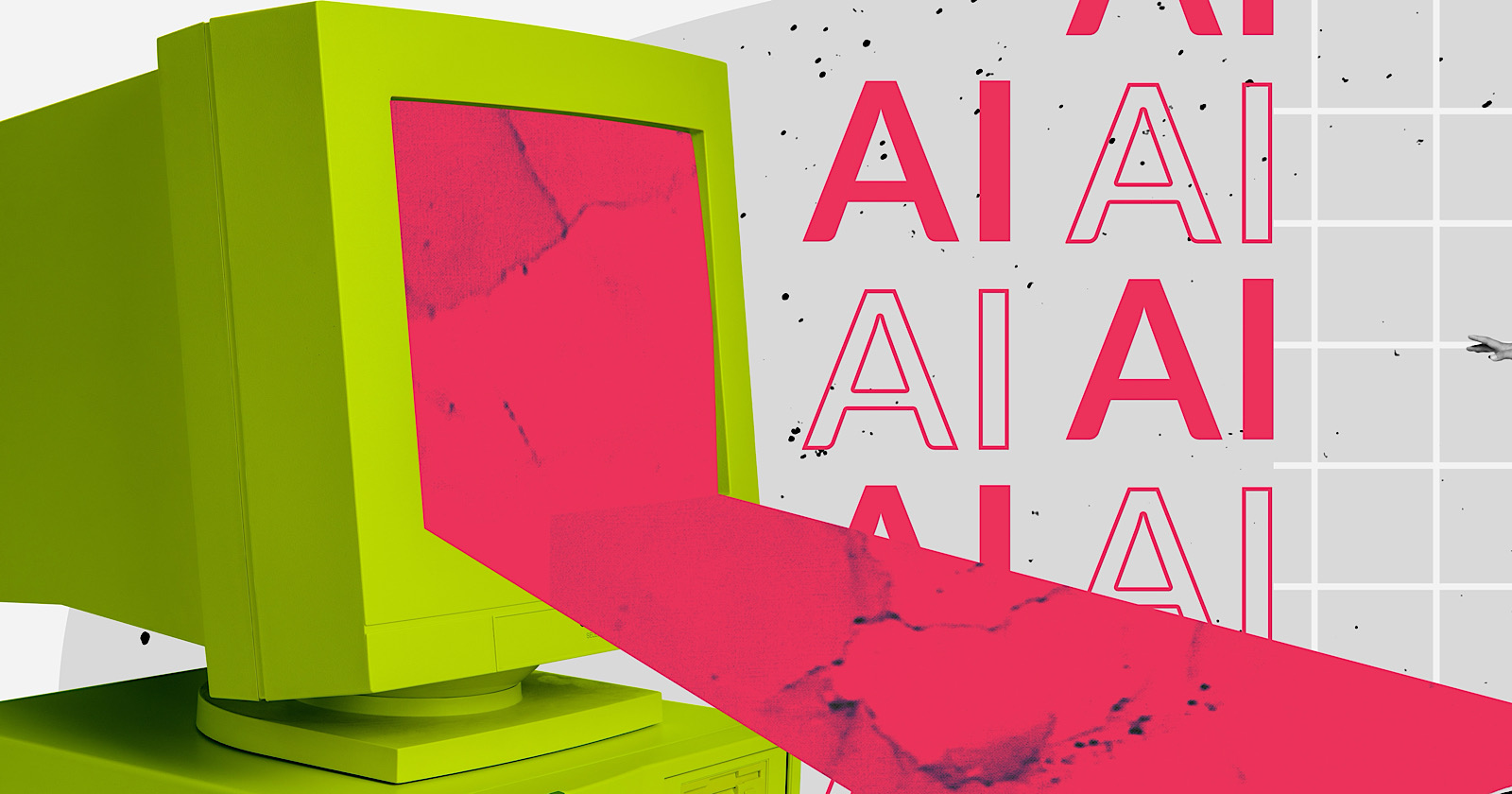
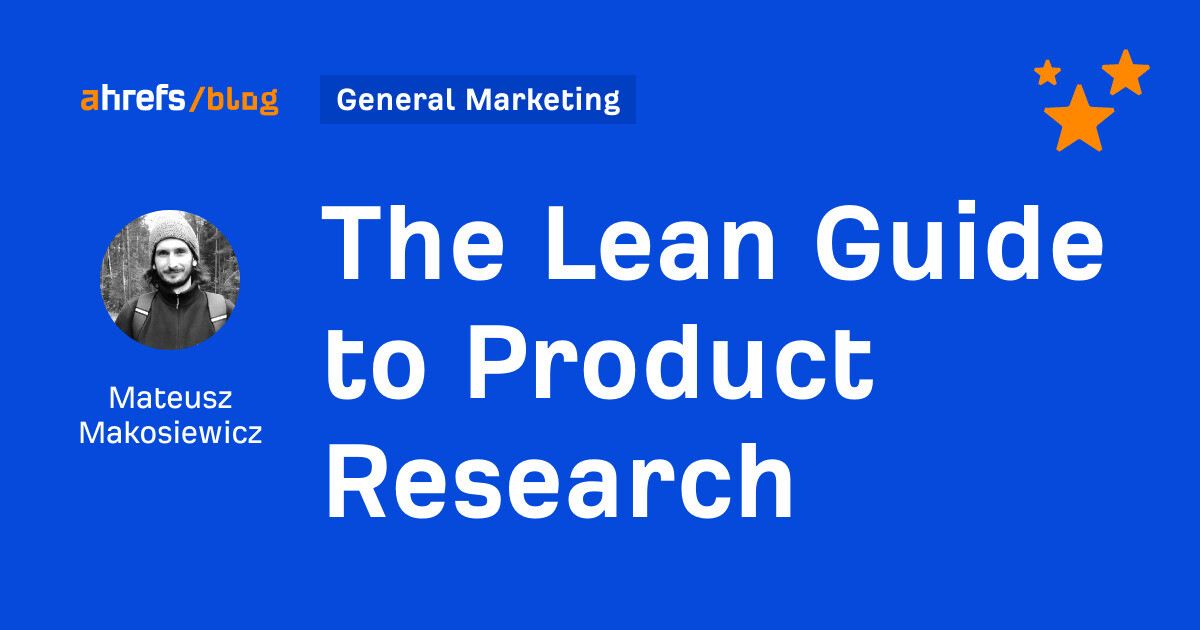

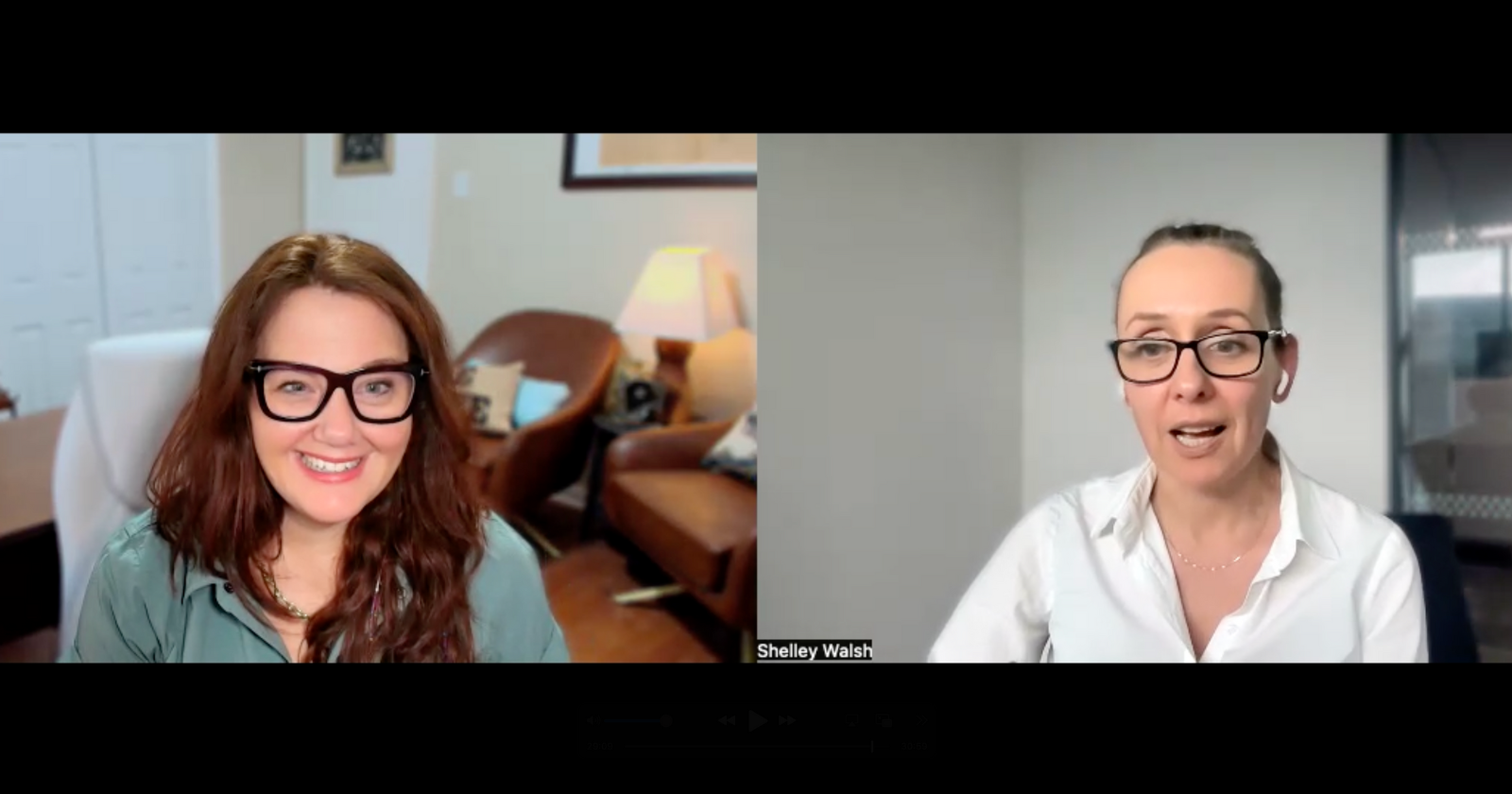

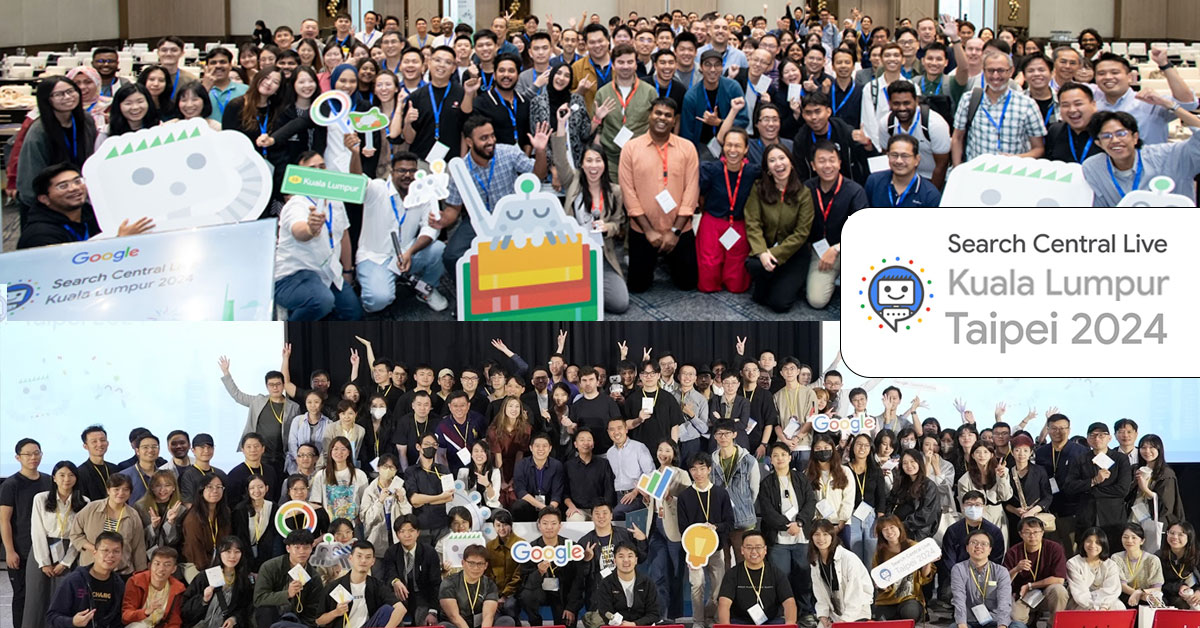

![Brand and SEO Sitting on a Tree: K-I-S-S-I-N-G [Mozcon 2025 Speaker Series]](https://moz.com/images/blog/banners/Mozcon2025_SpeakerBlogHeader_1180x400_LidiaInfante_London.png?auto=compress,format&fit=crop&dm=1749465874&s=56275e60eb1f4363767c42d318c4ef4a#)
![How To Build AI Tools To Automate Your SEO Workflows [MozCon 2025 Speaker Series]](https://moz.com/images/blog/banners/Mozcon2025_SpeakerBlogHeader_1180x400_Andrew_London-1.png?auto=compress,format&fit=crop&dm=1749642474&s=7897686f91f4e22a1f5191ea07414026#)
![How to Create an SEO Forecast [Free Template Included] — Whiteboard Friday](https://moz.com/images/blog/banners/WBF-SEOForecasting-Blog_Header.png?auto=compress,format&fit=crop&dm=1694010279&s=318ed1d453ed4f230e8e4b50ecee5417#)









![AI Content Is 4.7x Cheaper Than Human Content [+ New Research Report]](https://ahrefs.com/blog/wp-content/uploads/2025/06/ai-content-is-4.7x-cheaper-than-by-ryan-law-data-studies.jpg)
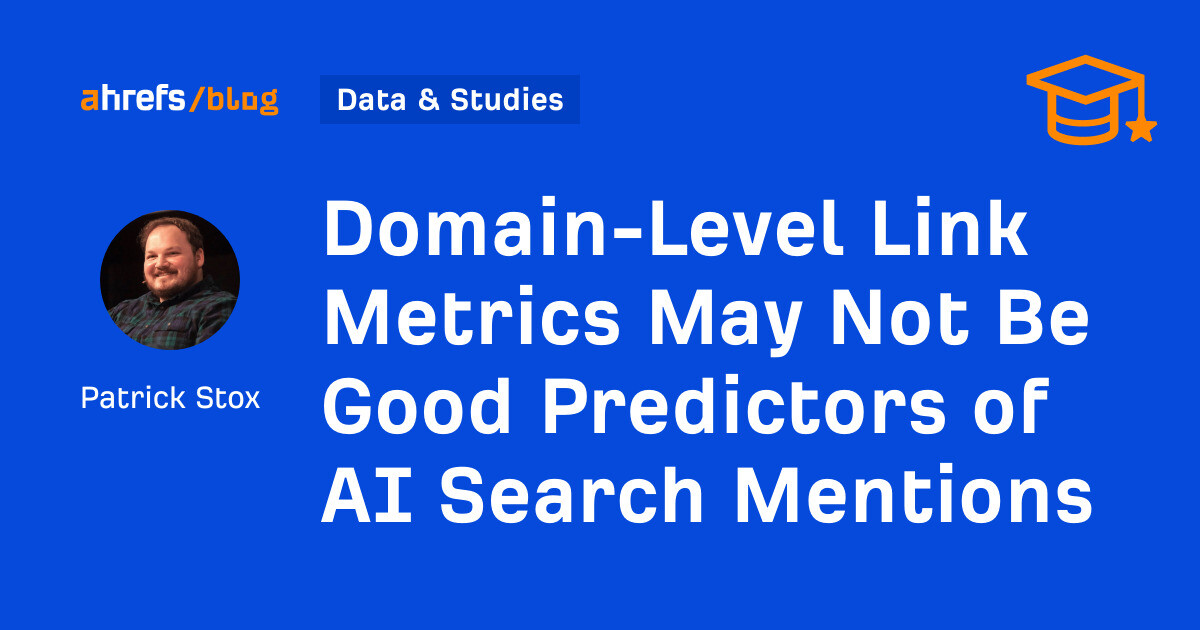














![8 steps to build your account-based marketing strategy [+ recommended tools]](https://www.hubspot.com/hubfs/account-based-marketing.webp)











